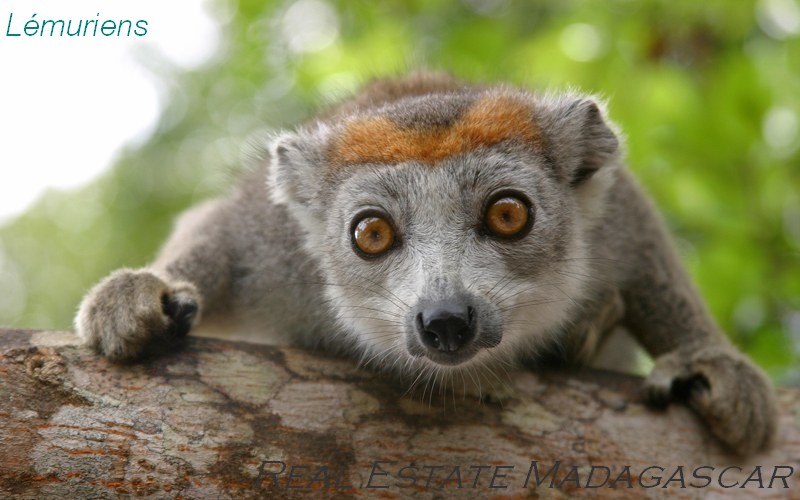Madagascar Lemurs
Madagascar Lemurs.
Madagascar Lemurs.
Madagascar and the lemurs are indissociable. Unfortunately these nice small mammals are are threatened by deforestation and hunting and this in spite of the closer protection whose they are the subject.
You will be able to meet in Madagascar:
Cheirogaleidés made up of the cheirogale, the smallest forked lemur and of the microcèbe, the smallest of the lemurs with its 30grammes. The microcèbe a tiny lemur with the large disproportionate eyes, it is of gray color to russet-red. It is an exclusively night species, very discrete, it nourishes especially of fruits like coconut, the guavas or bananas. The day it shelters in the holes of trees or in nests and in winter it gets into lethargy, alive on its reserves of greases.
Lémuridés include the hap lemurs, the Catta, Brown, Macaco, Crowned, red Belly, Mongoz and Vari lemurs. TheCatta lemur or Lemur of its Malagasy name is most popular of the lemurs.
Not very savage, pretty, semi terrestrial, it likes to put on a show and is easily took in photograph. He jumps without fear on the tourist’s shoulders to claim a banana.
Living especially in the dry forests of the South, it appreciates fruits, flowers and sheets. The catta lemurs live in group of approximately 30 individuals and like the eulémurs, they carry their little clinged.
The hapalemur is localised in Ranomafana, twilight and night lemur, he lives especially in small group in the bamboos and nourishes itself of growth and sheets of bamboos.
Vari lemur
The lémur Vari “variegata” lives in the rain forest. Nourishing with fruits and flowers, it takes part much in the pollination and in the dissemination of the various plant species of the forest.
Indriidés are composed of the verreaux’s sifakas , with diadem and of tattersale. The propithèque verreaux coquereli or “sifaka” is diurnal and semi terrestrial. But the emblematic representative of indriidés is of course famous Indri Indri, it is the largest lemur on his 70cm, it is recognizable by his small stub as a tail, we especially find it in the East forests.
It is characterized by its morning powerful cry which we can hear up to 3 km around. We counted three kinds of distinct cries: a cry of warning of a danger (carnivorous to the surroundings…), a powerful territorial cry to mean to all the inhabitants of the forest that it is of course its territory and a languorous cry in period of love.
Daubentonidés represented by the Aye Aye, the most mysterious of the lemurs: it has a long incisor, a face of bald mouse and very big sensitive ears. Except for this very fine hearing allowing it to detect the least rustles, it has a third long, mobile finger with a bent nail (even oversized) which can cause serious damage to the trees when it is in search of its preferred food that are the xylophagous insects!
Megaladapidés are composed of lépilemurs which are more homogeneous and purely night.
Madagascar Lemurs. Real Estate Madagascar.




